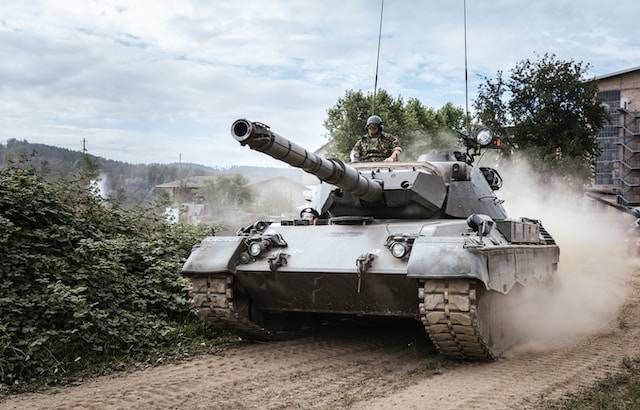How to assess the carbon footprint of a war
Dr Benjamin Neimark, Senior Lecturer at the School of Business and Management has written for 'The Conversation' on work to open the “black box” of wartime emissions.

Photo by Kevin Schmid on Unsplash
We know that war is bad for the environment, with toxic chemicals left polluting the soil and water for decades after fighting ceases. Much less obvious are the carbon emissions from armed conflicts and their long-term impacts on the climate.
Colleagues and I have estimated that the US military alone contributes more greenhouse gas emissions than over 150 countries, but too often discussions of the links between militaries and climate change focus only on future risks to global security in climate-affected settings. There are many tepid attempts by militaries to green their war machines – developing electric tanks or navy ships run on biofuels – yet there is very little discussion of how they contribute to climate change, especially during war.
Militaries are not very transparent and it is extremely difficult to access the data needed to run comprehensive carbon emissions calculations, even in peacetime. Researchers are essentially left on their own. Using an array of methods, colleagues and I have been working to open this “black box” of wartime emissions and demand transparent reporting of military emissions to the UN’s climate body, the UNFCCC.
View the full article. This article first appeared in 'The Conversation' on 12 December 2023.
Related items

24 June 2025

17 June 2025
